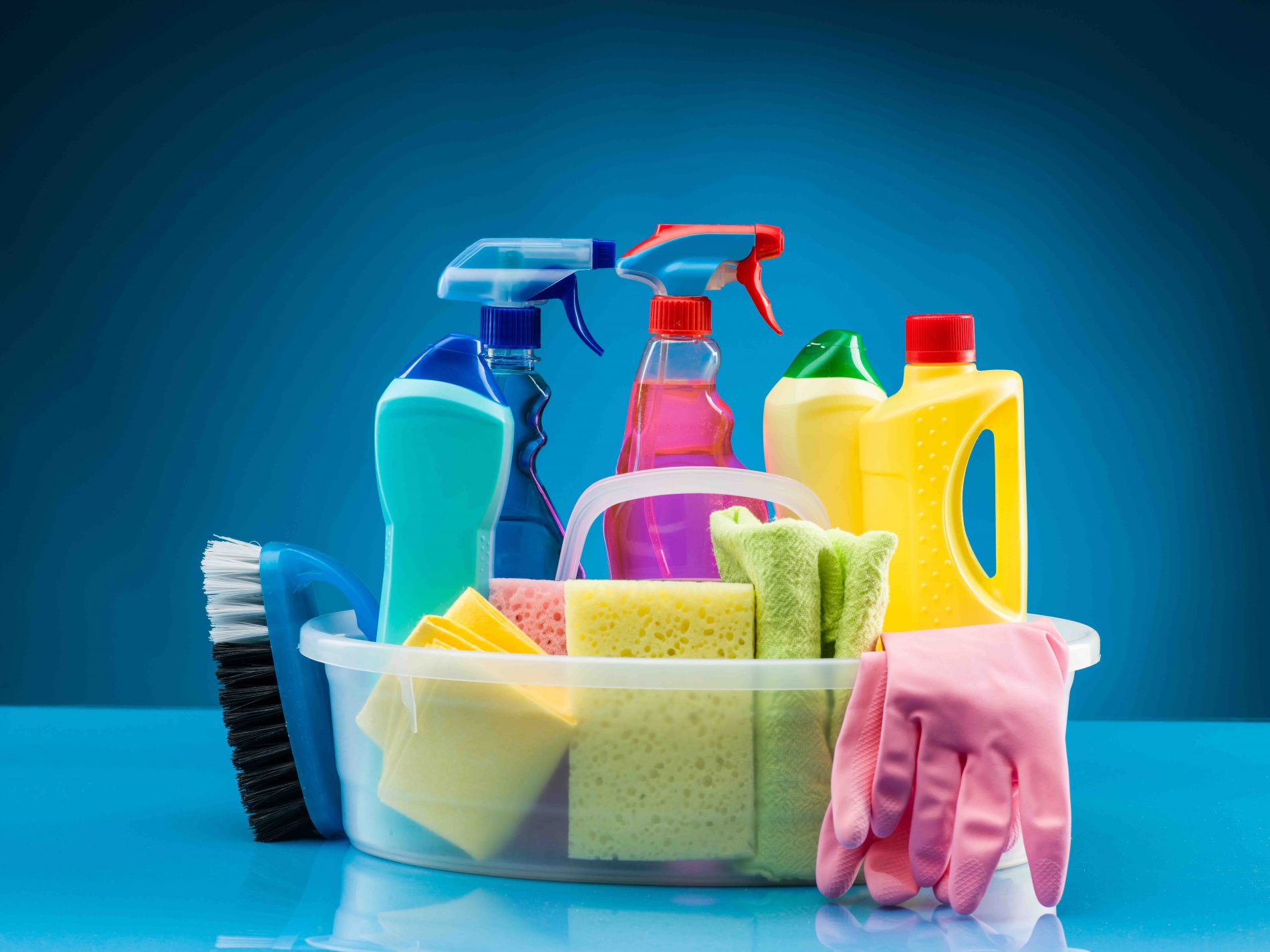Triclosan is an antibacterial and antifungal agent. Many commercial products like plastic kitchen tools, cutting boards, and high chairs contain this chemical. Toys, pencils and cosmetics also can have it. Not to mention, hand soap, toothpaste and deodorant. Even, clothing, bedding and other fabrics have been reported.
Also, it can pass through the skin. As a result, it has been linked to a number of health concerns. Most noteworthy, abnormal endocrine system (hormones) and a weakened immune system. Poor muscle function, allergies and asthma. Also, eczema and even cancer have been listed as conditions.
Triclosan Connected To Cancer
There was a study published in 2014 in The American Chemical Society’s journal. Researched found that triclosan, as well another substance called octylphenol, promoted the growth of human breast cancer cells.
Also, triclosan has major effects on our environment. The European Union and Environment Canada have both classified it as toxic. As a result affecting both the aquatic environment and its organisms. Sadly, remnants containing this chemical are being poured down our drains. Hence the everyday use of them has led to pollution in our water. What’s worse? Triclosan does not degrade easily and can buildup overtime. As a result, it is still detectable even after the water has been treated!
Now that this chemical is in the environment, it can gain exposure to sunlight. As a result, it can then convert to Dioxins. Toxic compounds that are environmental pollutants (POPs). These have been linked to endocrine and immune system disruption. Also, infertility and cancer.
How Does This Effect Me?
Consequently, it can combine with chlorine found in tap water. As a result, the two agents form chloroform which is linked to cancer. For more information about the danger of this chemical click here to read ‘Triclosan: Not Safe, Not Effective’.
Just how bad is this problem? Researchers at the U.S. Centers for Disease Control and Prevention did a test. Triclosan was found in the urine of 75% of the people tested! Furthermore, there appears to be a link between that and the cause of antibiotic-resistant bacteria.
More than 200 scientists and medical professionals concluded this chemical to be hazardous. The lack of benefit from common uses of triclosan can be found in the journal Environmental Health Perspectives.
What Can We Do To Protect Ourselves?
The effects of this on our health and environment are alarming. However, there are steps you can take to minimize it.
First of all, check the ingredients list of your products. This includes personal care products especially if they are labelled as antibacterial, antimicrobial or antifungal.
When reading labels, watch out for aliases! Triclosan may also be labelled as Microban or Biofresh.
The American Medical Association says to avoid using these products in your home. And the Canadian Medical Association has called for a ban!
Also, if you use hand sanitizers, go for the alcohol based products. They are less likely to contain Triclosan.
Even more, keep in mind there is no evidence that products with triclosan are anymore effective! Click here To learn more about the effects of chemicals we put on our skin.
References
Calafat, A. “Urinary Concentrations of Triclosan in the U.S. Population: 2003-2004.” _Environ Health Perspect _116, 3(Mar 2008):303-307.
Hye-Rim Lee, “Progression of Breast Cancer Cells Was Enhanced by Endocrine-Disrupting Chemicals, Triclosan and Octylphenol, via an Estrogen Receptor-Dependent Signaling Pathway in Cellular and Mouse Xenograft Models” Chem. Res. Toxicol., (2014), 27 (5):834–842.
European Commission. Regulation (EC) 1272/2008 , Annex VI, Table 3.2. Sep 2009.
Canosa, P. et al. “Aquatic degradation of triclosan and formation of toxic chlorophenols in presence of low concentrations of free chlorine.” Analytical and Bioanalytical Chemistry 383, 7-8 (Dec 2005): 119-1126
“Environmental News.” _Environmental Science & Technology _36, 13 (June 1, 2002): 230A.
Canosa, P. et al. “Aquatic degradation of triclosan and formation of toxic chlorophenols in presence of low concentrations of free chlorine.” Analytical and Bioanalytical Chemistry 383, 7-8 (Dec 2005): 119-1126
Calafat, A. “Urinary Concentrations of Triclosan in the U.S. Population: 2003-2004.” Environ Health Perspect 116, 3(Mar 2008):303-307
Halden, R.U. et al. “The Florence Statement on Triclosan and Triclocarban.” Environmental Health Perspectives (June 2017)
Dr. Casey Sinclair, D.C. is a leading holistic healthcare doctor trained in functional medicine. He has extended his reach around the world by co-founding Family Health Advocacy, a health advocacy group lead by doctors and health professionals providing resources and education on global health matters. He has been fortunate to act as health a consultant to some of the largest companies in North America and as a professional speaker he’s had the privilege of speaking to thousands of people. Dr. Casey is an advocate for people suffering with chronic pain and fibromyalgia and has authored a book on the subject.


